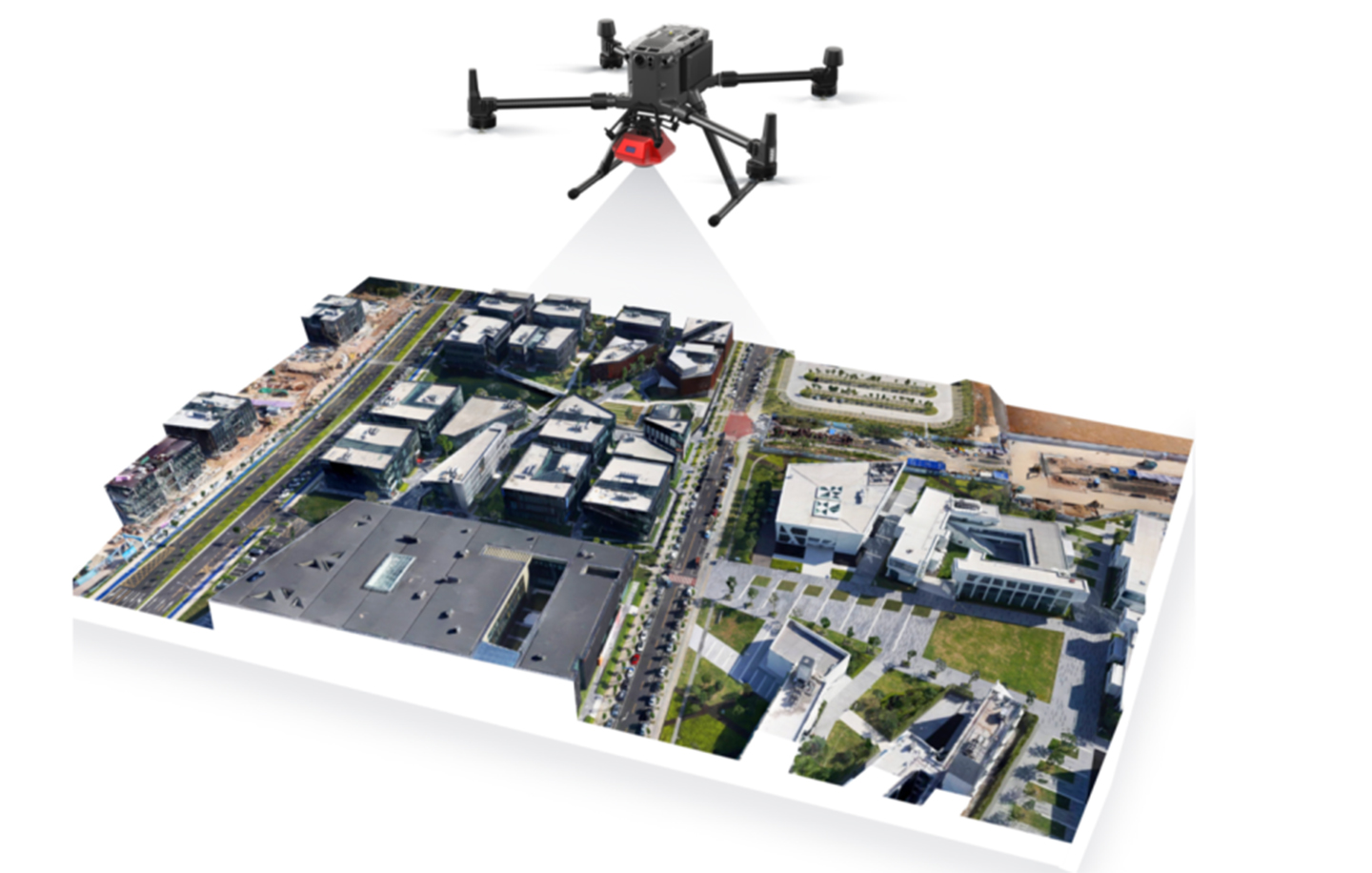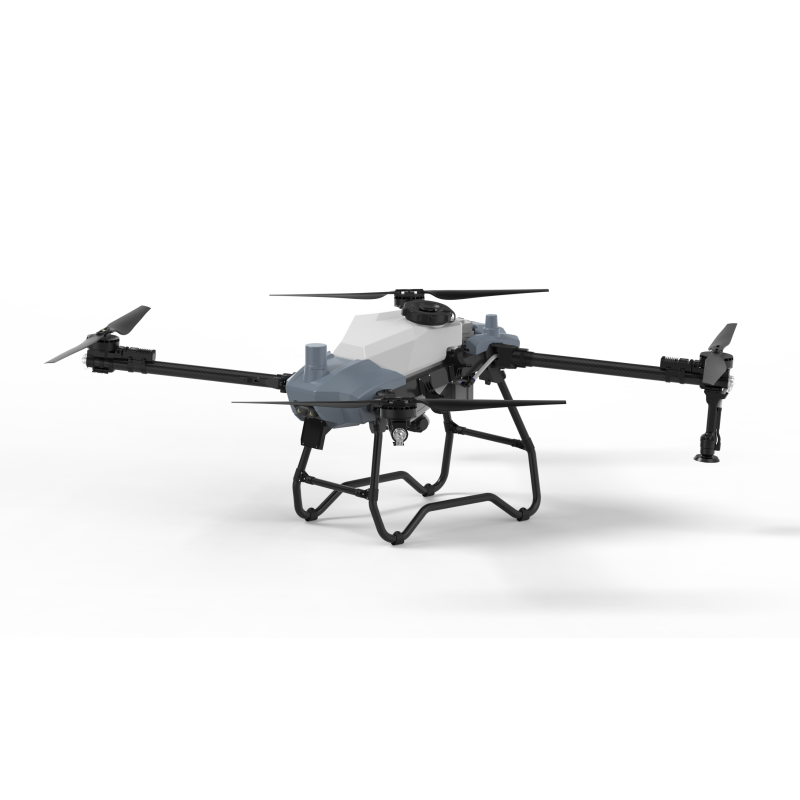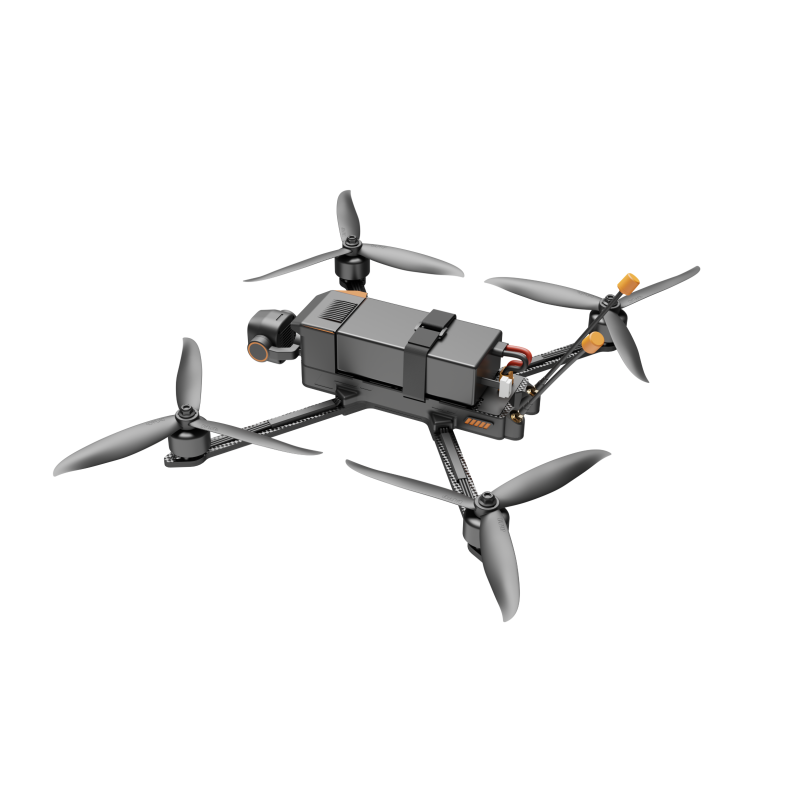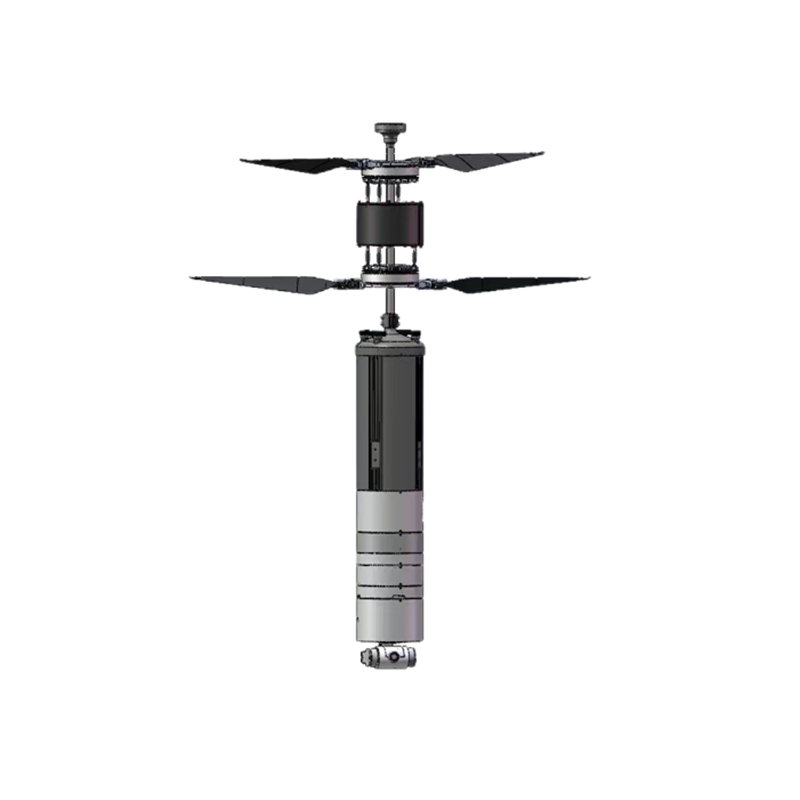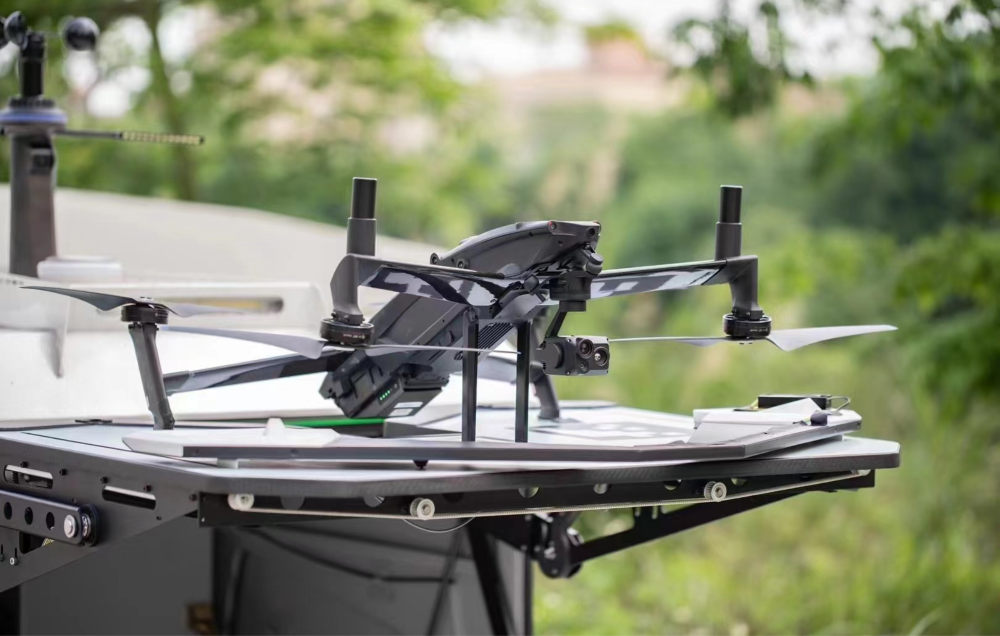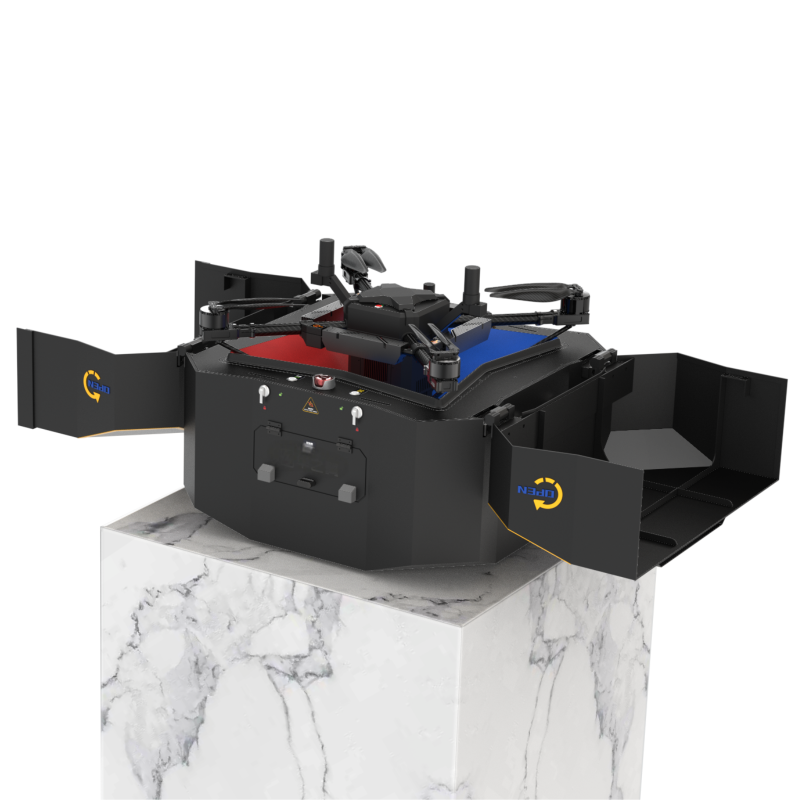The Pathway to the Metaverse Begins With 3DModelling
2024-04-28 16:04:00
According to almost everyone in the tech community, the metaverse is not a hot topic — it's the hot topic. Probably the closest thing we've seen to this mania was the promise of the internet in the '90s, so it’' only fair that this concept has been labeled the next generation of the internet.
The whole idea of converging several technologies to empower everyone to dip in and out of immersive 3D digital worlds that are always "on" will ultimately change life as we know it, so it shouldn't come as a surprise that brands are crazed with the possibility of cashing in on a parallel universe where people acquire digital assets of real-world items.
Nike and Forever21 have already made their hopes and intentions clear when it comes to the metaverse. In a bet that the virtual world will forever transform the industry, the retail giants have created virtual stores with the hope that these spaces will drive e-commerce, and subsequently, new revenue streams. And as with all trends in retail, other brands are aiming to follow suit in 2022 and beyond. However, there's still one phase of the journey that needs to be addressed before brands can even start to conceive this whole idea of entering the metaverse: 3D modeling.
Here's why — When it comes to tapping into the metaverse, the thing that separates the doers from the dreamers is the ability to produce and launch 3D models of items at scale, whether those assets are a designer handbag or a burger with fries.
Not every business is currently able to do this, and it almost seems like the acceleration of digitization was so rapid in the past two years that we went from the video marketing hype straight into the metaverse mania, skipping a stop along the way. So, if the metaverse really is to become the new iteration of the internet, the production of 3D models of real-world objects needs to be possible at scale, as this will lay the foundation for a virtual nirvana.
Yet, launching 3D models of items still sounds like an incredibly time-consuming process that requires expensive resources for most. Here's why sorting this should be the priority:
The end of the 2D era
Producing high-quality images, and subsequently, videos that capture the real-world view of items has long been seen as the key to driving e-commerce sales. Pre-pandemic, the latter was seen as the game-changer, with Shopify reporting that videos can lift conversion rates by 60% over buyers interacting with images alone. However, things work a little differently in the metaverse. Images and videos might be able to serve their purpose in the physical world, but in a virtual world where 3D avatars replicate our real lives, 3D goods are the way to go.
The engagement potential is unparalleled, as 3D representations give customers details that images alone simply can't, such as what an item looks like from different angles or when virtually placed in a user's environment using augmented reality (AR) and exactly what size it is, ultimately giving them more confidence in their purchasing decisions. In fact, Shopify found that merchants who add 3D content to their stores see a 94% conversion lift on average, proving to have a much greater impact potential than videos or photos.
Whether brands have plans to enter the metaverse any time soon or not, 3D modeling should be considered the priority, as these developments will not only lay the groundwork for a presence in virtual worlds but also offer immediate tangible business benefits when it comes to advertising or social commerce.
Related: Unlocking the True Potential of the Metaverse
Personalization still reigns supreme
Ever since MarTech and data practices enabled personalization for marketing activities, we've been saying that being closer to customers matters more than ever. However, the pandemic and the surge in digital behaviors have certainly raised the bar to levels never seen before, not to mention the hyper-personalization that customers will demand from brands in the metaverse as they aim to have 3D avatars replicate their real-world lives.
Here's the thing: McKinsey’s "Next in Personalization 2021" report says that customers' demand for improved experiences in the past two years has been such that three-quarters decided to switch to a new store, product, or buying method during the pandemic as they looked for augmented experiences elsewhere. Moreover, in a world where one-to-one personalization is already possible at scale, the study also found that 71% of consumers still expect brands to deliver personalized interactions, and 76% get frustrated when this doesn't happen.
Regardless of where your brand wants to strengthen its presence — whether that's in the metaverse or simply on social media — customers today demand more personalization across channels. And offering photorealistic representations of real-world products that users can spot in the metaverse and visualize through augmented reality on their own
